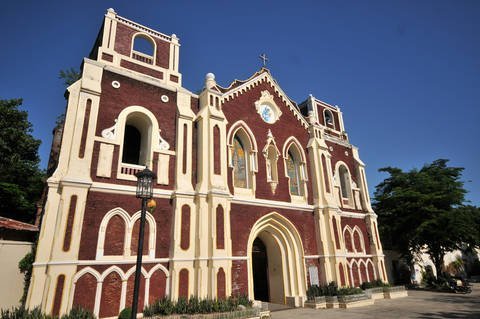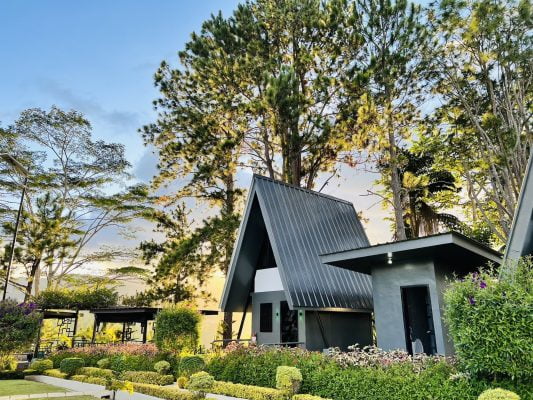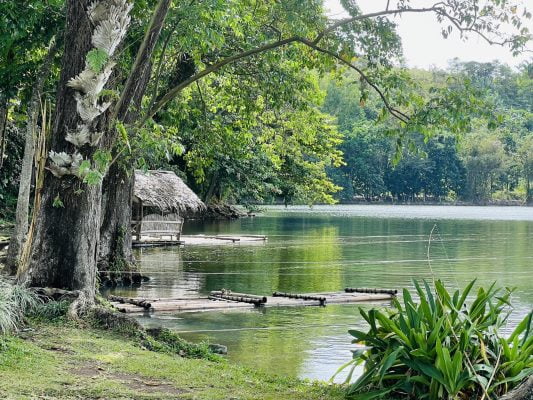
Vigan is located in the western coast of Luzon, facing the South China Sea. It is the capital city of Ilocos Sur, an equally charming province that boasts of both natural and manmade attractions. Tourism has boomed in the province mainly because of Vigan and all it has to offer to visitors looking for a little history, some eco adventures and an overall unforgettable vacation.
Getting There and Getting Around
Getting to Vigan from Metro Manila can be done by air or by land. Flying in directly to the heritage city is possible two times in a week through Zest Airways. Another option is to fly into Laoag International Airport and take a 1.5-hour bus ride to Vigan.
Those who are looking to save on transportation can take a bus from Metro Manila to Vigan. Travel takes up to eight or nine hours but this depends on traffic conditions. It is best to leave early to avoid congestion.
Vigan is a compact enough town that is best explored on foot. Walking the cobblestone streets is a rewarding experience; it gives you a more intimate “feel’ of the town and it allows you to linger in spots that you find most interesting. Exploring the heritage town aboard a kalesa is also an exciting experience. For P150, you’ll have the kalesa take you around town for an hour with the kuchero (coachman/woman) as your trusty guide.
What to See and Do

Explore Calle Crisologo. The street is one of the most photographed sites in Vigan. It is part of the Mestizo District which is the reason why the city was recognized as a World Heritage Site. The street is not hard to miss; aside from the street sign, you’ll know you’re on Calle Crisologo when you hear the clip-clop of the horse hooves as they drag the kalesa over the cobblestones and when you see the Spanish-Mexican-Chinese-styled ancestral homes. A lot of these old homes have been converted to bed and breakfasts, restaurants and antique or souvenir shops.
See the tigers in Baluarte. The wildlife sanctuary is owned by the famous Luis “Chavit” Singson, governer of Ilocos Sur. The governor resides in the property which is open to the public. Tigers, ostriches, lions, flamingos and other animals live in this sanctuary which also offers stunning views of lush greenery.
Marvel at the Vigan houses. The ancestral houses are a part of the heritage village, a standing testimony of Chinese, Mexican and Spanish influences in architecture in the Philippines. The houses are huge, with plaster and brick walls, red tile roofs, hardwood floors and airy azoteas. A good place to see what these Vigan houses have to offer is the Syquia Mansion. Once owned by Dona Alicia Quirino, the mansion contains well-preserved furniture, paintings and other artifacts from President Elpidio Quirino’s time.
Take photos of the St. Paul Metropolitan Cathedral. The old church dates back to the late 18th century, built by the Augustinians in the “earthquake baroque” architectural design. The interior features intricate décor in its choir loft, altars and naives. Outside the church is an octagonal belfry still being used to call parishioners to mass. Chinese influences are obvious in the china-forged communion handrails and the Feng Sui-inspired shape of the belfry. There is also a museum, Museo San Pablo that showcases religious artifacts.
Join the Vigan Heritage River Cruise. The cruise glides along the historic Mestizo River while a taped narration of the town’s history is being played. The tour takes about 45 minutes and takes you through several points along the river where life-sized tableaus depict significant events of history. Adults are charged P100 and children P50.
Spend an afternoon in Plaza Salcedo or Plaza Burgos. Plaza Salcedo is historical. It is located west of the St. Paul Cathedral and was the site Gabriela Silang’s hanging. Silang is one of the prominent female revolutionaries in Philippine history. Plaza Burgos on the other hand is the perfect spot of people watching. A lot of locals hang out in the park, eating street food and spending time with friends or family.
See how the jars are made in Pagburnayan. The art of jar making is traced back to the ancient Chinese who lived in the area. Today, the jars are used to store basi (a kind of wine made from sugar cane extract), fermented vinegar and other goods. Visitors are allowed to try their hand in making the jars from clay which is then “cooked” in a huge kiln.
Splurge on some antiques. The highlight of a visit to historical places is usually the part when you buy souvenirs. There are a lot of souvenir and antique stores in the city, particularly in the Mestizo District. Most of the antiques are only replicas but it would still be nice to bring home something of Vigan with you.
Have a taste of Vigan’s longganisa (sausage), bagnet (crispy fried pork) and empanada (stuffed pastry). The three delicacies are native to the entire Ilocos region but almost every city has its own version. There have been endless debates on which empanada is better: that of Vigan, Ilocos Sur or of Laoag, Ilocos Norte. This is your chance to be the judge.
Where to Stay
Being a relatively small city, there are not many hotels in Vigan. But there are a few places that offer comfortable accommodations and their own brands of hospitality. Here are two hotels that you should consider staying in:
Gordion Hotel – The hotel is within a short distance of everything in Vigan. Calle Crisologo, the Cathedral and the Syquia Mansion can be reached within minutes from the hotel on foot. The property itself takes you back in time through its elegant furnishings, brick walls, and exquisite décor. All guestrooms have air conditioning, private bathrooms, coffee and tea makers, cable televisions and other modern amenities.
Cordillera Inn – Located right on the famous Calle Crisologo, this boutique hotel boasts of affordable rates and excellent services. All guestrooms are clean and comfortable, with air conditioning, cable TVs and high speed Internet access. There is also a restaurant on site that offers room service.
Playa Tropical Resort Hotel – Although this resort is nearly 50km from Vigan, the stunning pool and excellent service at this high-rated accommodation is well worth the distance you might need to travel to get the historic landmark.
Vigan City is one of the most sought-after historic destinations not only in the Philippines but in Asia. Its charm is unparalleled and the experiences it offers are something every visitor will not soon forget.






